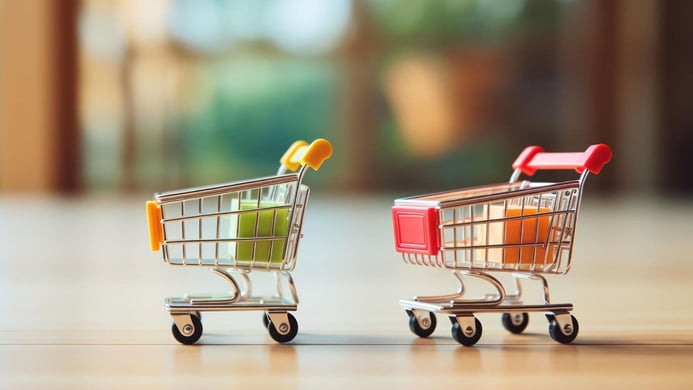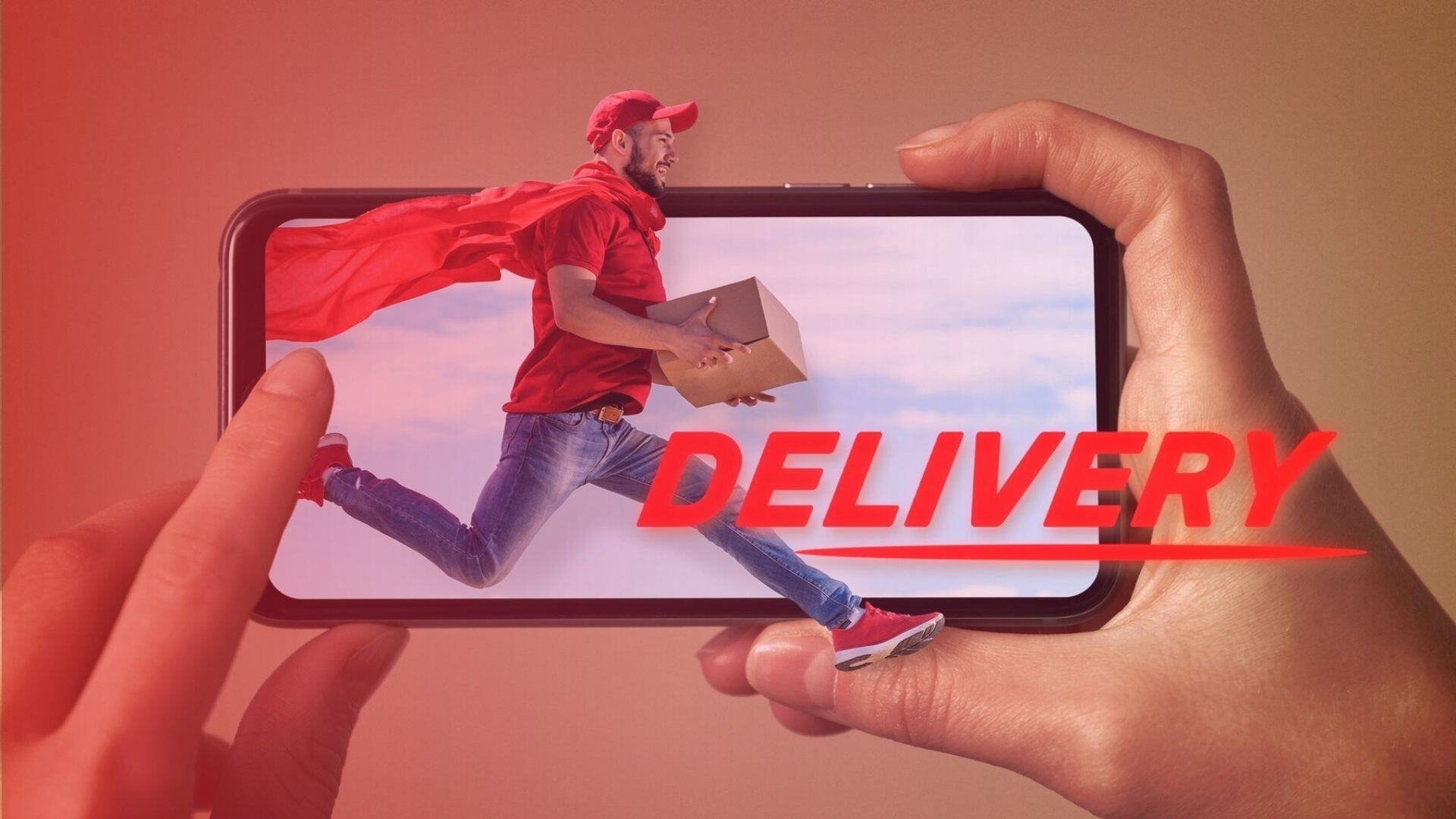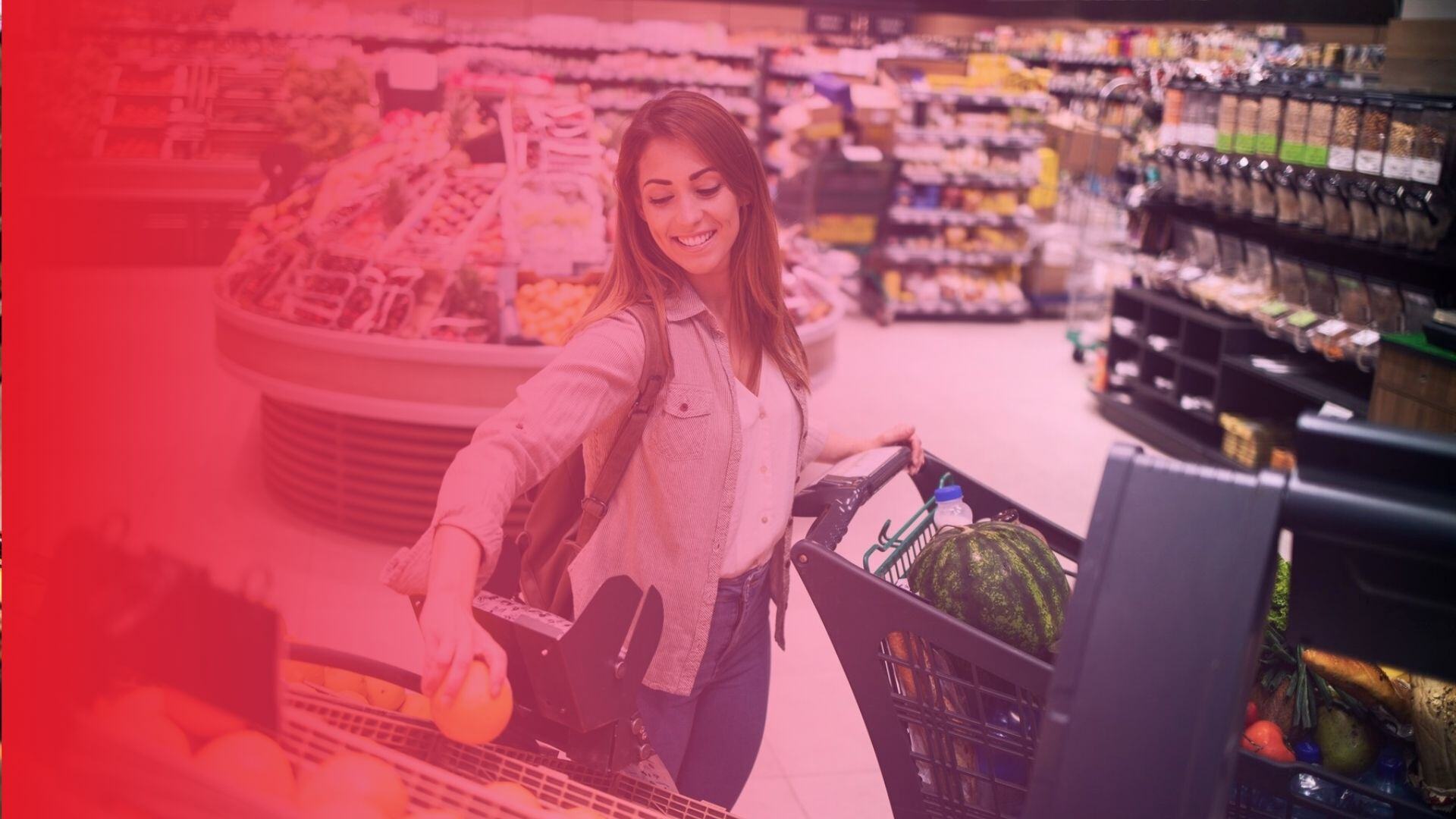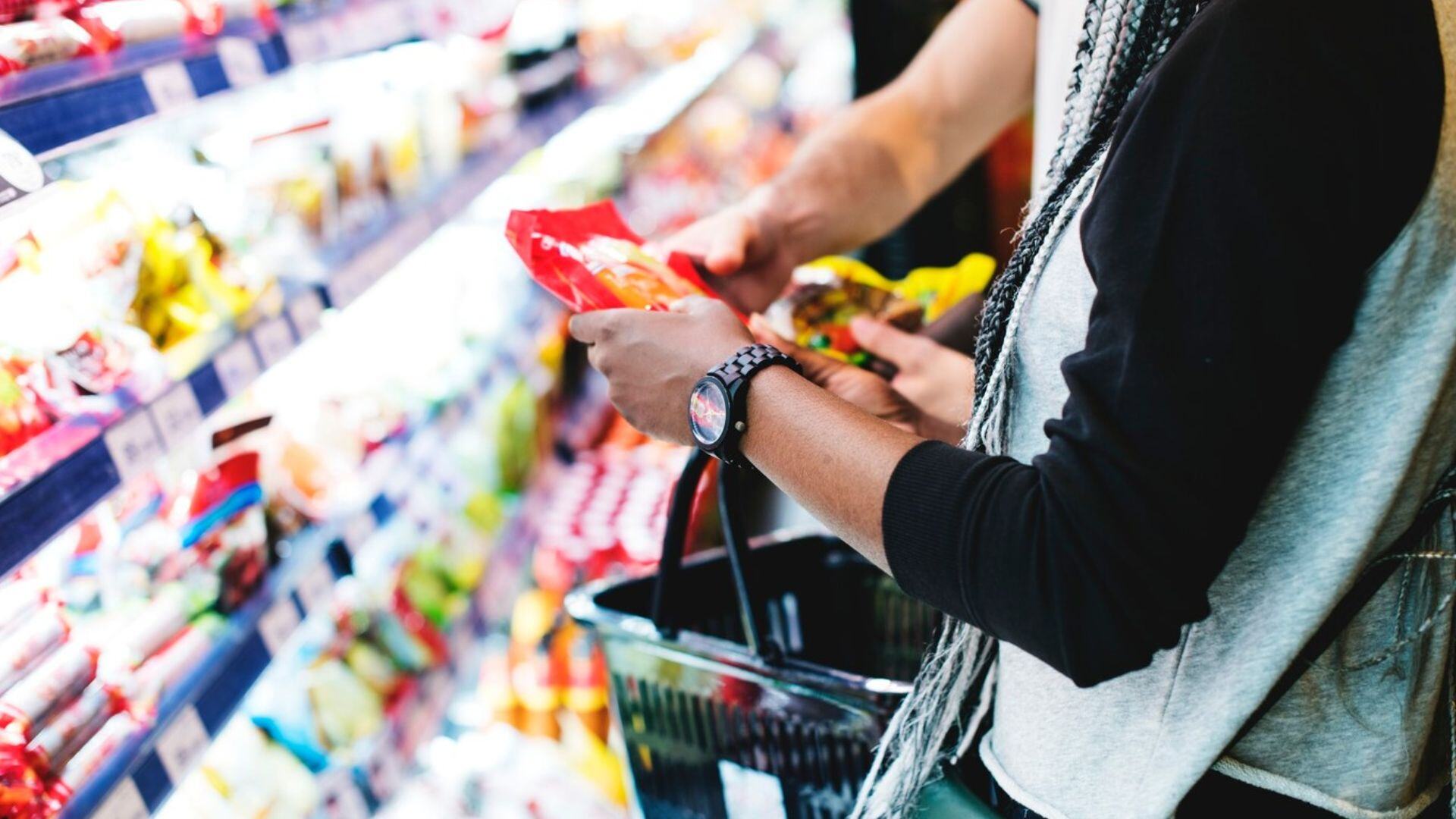
India’s retail and FMCG sectors are on a growth trajectory, with organised retail expected to account for 30% of the country’s $1.8 trillion market by FY30, according to PwC India. Despite logistical challenges in smaller cities, changing consumer behaviour and expanding market opportunities are driving this growth. India is also poised to become the world’s consumption capital by 2047, with household savings projected to increase tenfold, boosting discretionary spending and GDP.
Demand for mall spaces continues to soar, outpacing supply for the third consecutive year as brands expand their presence in major cities. Homegrown FMCG brands under companies like HUL, ITC, and Dabur are also thriving, with several surpassing ₹1,000 crore in annual sales—highlighting a consumer shift from unbranded to branded products. However, rising palm oil prices are adding cost pressures, prompting FMCG companies to plan further price hikes in the coming weeks.
Despite these challenges, the FMCG sector is gearing up for a revenue rebound, with growth expected to reach 6-8% by FY26. This recovery is being driven by a resurgence in urban demand and stable rural consumption, with projected volume growth of 4-6%.
Meanwhile, competition in the quick commerce space is intensifying. Swiggy Instamart recently expanded to 100 cities, surpassing Blinkit and Zepto, which are present in over 80 and 60 cities, respectively. As consumer demand for instant delivery grows, the race to capture market share in this segment is heating up.
Click on the headings below for insights on how these trends are shaping India’s retail landscape…
1. PwC sees organised retail reaching 30% of India’s $1.8 trillion retail market by FY30
The organised retail market in India is set to grow significantly, with its share expected to reach 30% of the $1.8 trillion retail market by 2029-30 (FY30), according to Ravi Kapoor, Partner & Leader, Retail & Consumer at PwC India. While the organised retail sector still faces challenges, especially in logistics and inventory management in smaller cities, the long-term potential of organised retail remains strong, driven by evolving consumer preferences and expanding market opportunities.
2. Retail boom: Mall space demand outstrips supply for 3rd consecutive year in India
The Indian retail sector is witnessing strong growth, with demand for mall space surpassing supply for the third consecutive year, finds a report by ANAROCK Retail. Leasing momentum remains high as retailers continue to expand their presence in organized retail spaces across major cities.
3. India is set to become the consumption capital of the world: Report
India is poised to become the world's consumption capital, driven by a rapidly growing consumer base and significant household growth. The country's savings are projected to increase tenfold by 2047, unlocking substantial potential for incremental consumption. Tax cuts and rising per capita incomes are set to boost discretionary spending and GDP.
4. FMCG firms plan price hikes amid high palm oil costs
Fast-moving consumer goods (FMCG) companies are likely to implement further price hikes in the coming weeks, particularly for products that rely heavily on palm oil. Despite a recent cooling in the prices of key commodities like coffee, palm oil continues to remain expensive, adding to cost pressures for manufacturers.
5. FMCG Sector Gears Up for 6-8 pc Revenue Growth by FY26 amid Urban Recovery
The fast-moving consumer goods (FMCG) sector in India is poised for a revenue rebound of 100 to 200 basis points (bps) to 6-8 percent in fiscal 2026, following a relatively modest 5-6 percent growth anticipated in fiscal 2025. This recovery is primarily driven by a gradual resurgence in urban demand and consistent rural consumption, translating to a projected volume increase of 4-6 percent.
6. Desi FMCG brands pack Rs 1,000cr punch
There are several brands from the stable of HUL, ITC and Dabur which have surpassed Rs 1,000 crore in sales. The trend is not new; but the share of such brands has not stagnated, it continues to grow, underlining the increasing consumer shift from unbranded to branded consumption.
7. Quick commerce players race to grow product lists, footprint, dark stores
In a race to redefine convenience, quick commerce platforms in India are sprinting to capture the booming demand for instant deliveries. Leading the charge, Swiggy Instamart, the quick commerce arm of food aggregator Swiggy, recently expanded its services to 100 cities, surpassing rivals Blinkit and Zepto which are currently present in over 80 and 60 cities, respectively.


 2 minute read
2 minute read


